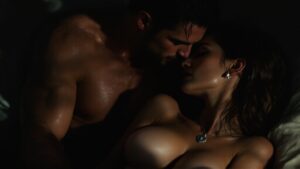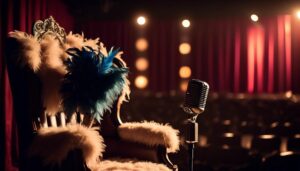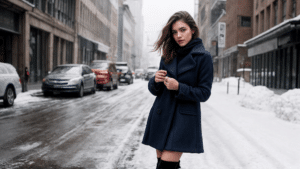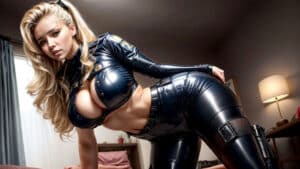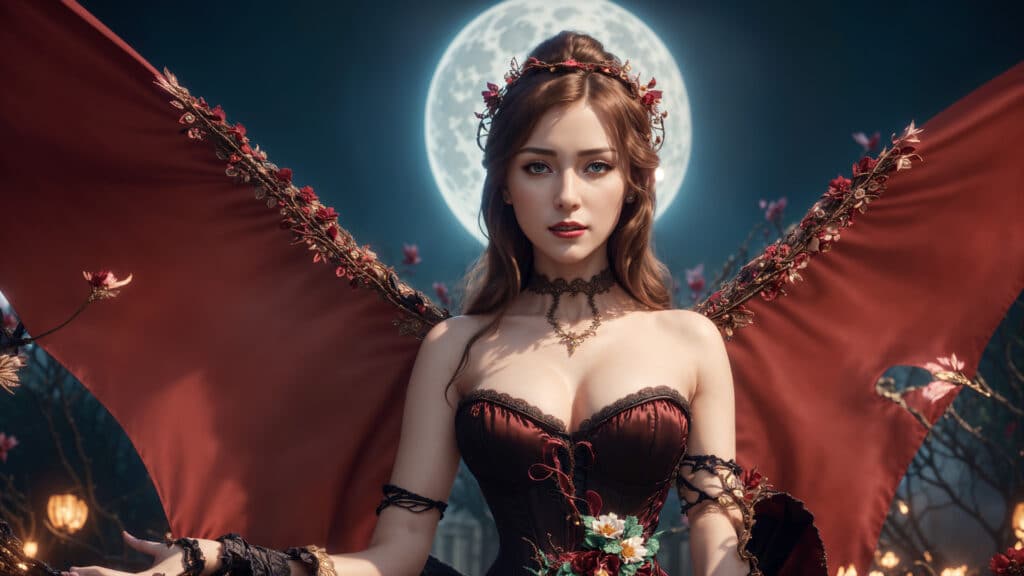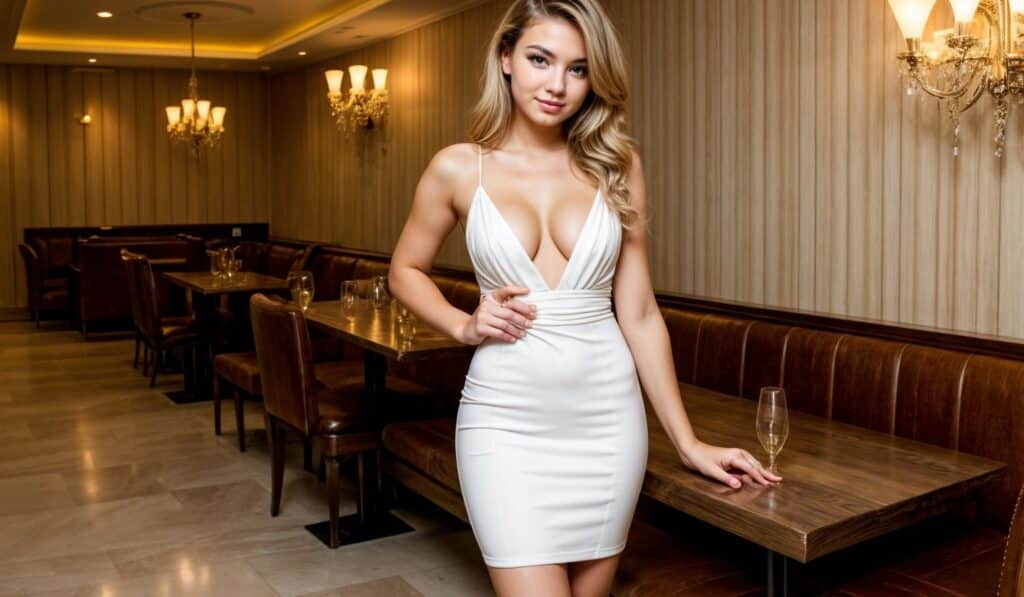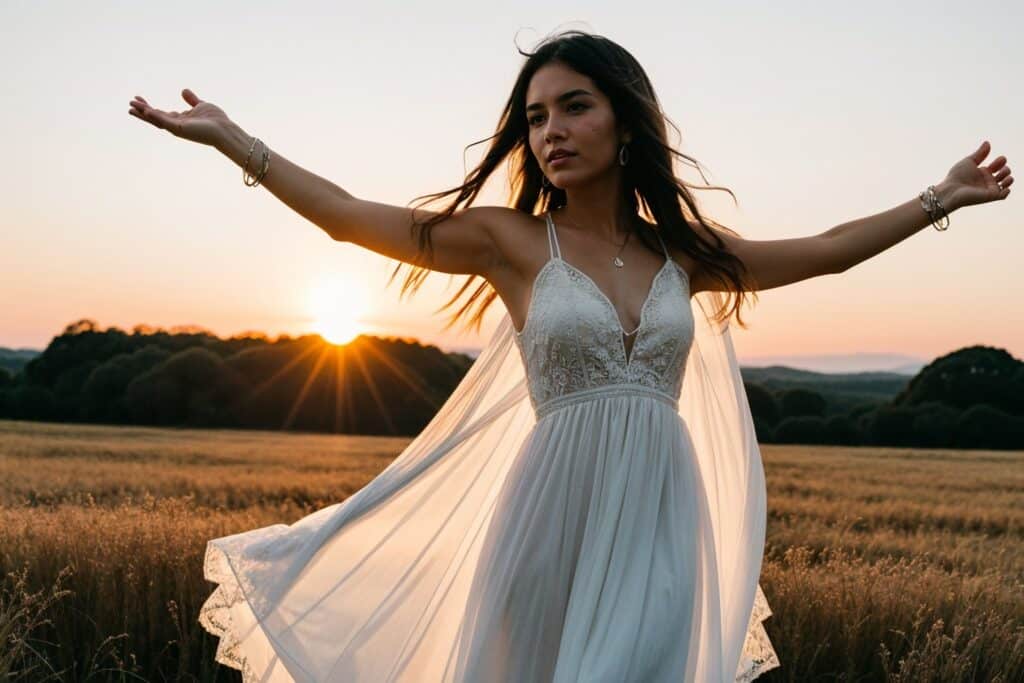I’ve always been fascinated by the way fashion trends constantly evolve and reflect the ever-changing tastes and preferences of society. One particular style that has stood the test of time and continues to captivate women’s hearts is the romantic style. Its influence can be traced back through history, from the delicate lace and ruffles of the Victorian era to the ethereal florals and flowing silhouettes of today. In this article, we’ll explore the enduring impact of romantic style on women’s fashion and how it has evolved into a cherished expression of femininity and grace.
Influences of Romantic Style on Women’s Fashion
1.1 Romanticism in the 19th Century
Romanticism emerged as a cultural and artistic movement in the 19th century, emphasizing emotion, passion, and individuality. It was a reaction against the rationalism and restraint of the previous neoclassical era. This movement swept through various art forms, including literature, music, and visual arts. With its focus on intense emotions and personal expression, Romanticism laid the foundation for the development of romantic style in women’s fashion.
1.2 Evolving Feminine Aesthetics
As artistic movements evolved, so did the concept of femininity. In the 19th century, the ideal feminine aesthetic shifted from the rigid and constrained styles of the past to a more romantic and sentimental look. Women began to embrace softer and more delicate features, embodying the essence of the Romantic era with their fashion choices. The influence of Romanticism on women’s fashion became increasingly apparent during this period, as women sought to express their emotions and personal identities through their attire.
1.3 Key Elements of Romantic Style
The romantic style in women’s fashion encompasses a range of key elements that evoke the spirit of the Romantic era. These elements include flowing silhouettes, soft and luxurious fabrics, delicate lace and embroidery, floral prints and patterns, romantic colors, ribbon and bow accents, ruffles and frills, puffy sleeves and balloon shapes, empire waistlines, and layering and draping techniques. These elements combine to create a dreamy and ethereal aesthetic that captures the essence of romance.
2. Influence of Romantic Style in Clothing
2.1 Flowing Silhouettes
Flowing silhouettes are a hallmark of the romantic style in women’s clothing. Dresses and skirts are designed to drape gracefully and move with the body, creating a sense of fluidity and movement. Flowing silhouettes accentuate the feminine form while also allowing for freedom of movement, making them both elegant and comfortable.
2.2 Soft and Luxurious Fabrics
Soft and luxurious fabrics are essential in achieving a romantic look. Materials such as silk, chiffon, satin, and velvet are favored for their ability to drape delicately and create a sense of softness. These fabrics add a touch of luxury to romantic garments, enhancing their overall aesthetic appeal.
2.3 Delicate Lace and Embroidery
Lace and embroidery are intricate embellishments that enhance the romantic style. Delicate lace details add a touch of femininity and elegance to clothing, creating a romantic and vintage-inspired look. Embroidery, whether done by hand or machine, adds intricate patterns and textures to garments, lending them an air of sophistication and artistry.
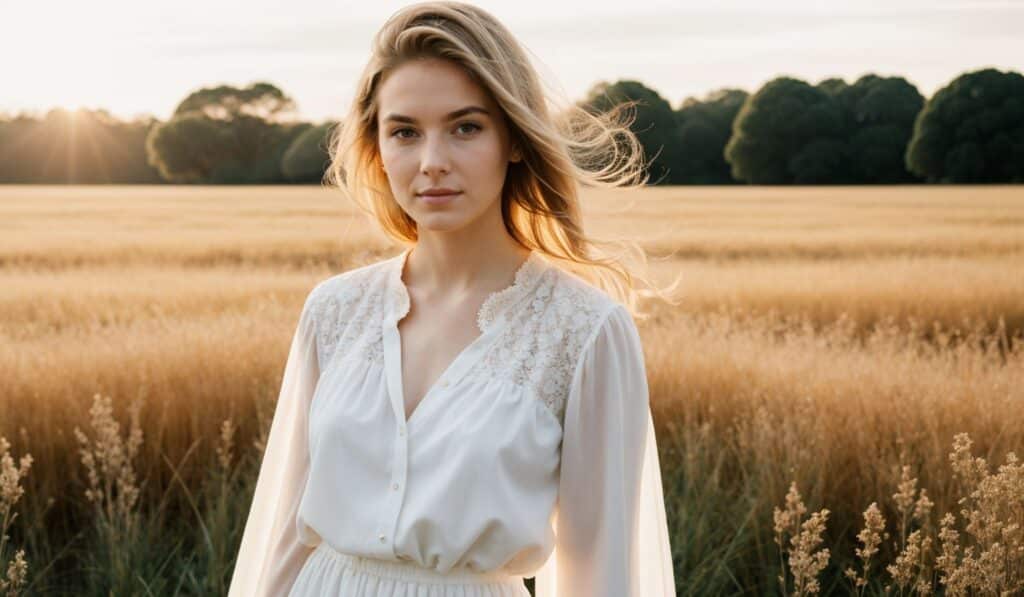
2.4 Floral Prints and Patterns
Floral prints and patterns are synonymous with romantic style. Whether it’s a small ditsy floral pattern or larger blooming flowers, floral prints add a whimsical and feminine touch to clothing. The vibrant and delicate nature of floral motifs complements the romantic aesthetic, evoking a sense of natural beauty and fragility.
2.5 Romantic Colors
Romantic colors play an important role in creating a romantic look. Soft pastel shades such as blush pink, powder blue, and lavender are often used to convey a sense of delicacy and romance. These colors evoke a feeling of innocence and grace, further enhancing the overall romantic aesthetic of the outfit.
2.6 Ribbon and Bow Accents
Ribbon and bow accents are charming additions to romantic clothing. These feminine details can be found on dresses, blouses, and even accessories like shoes and hair accessories. Ribbons and bows evoke a sense of nostalgia and whimsy, epitomizing the romantic style and adding a playful touch to any outfit.
2.7 Ruffles and Frills
Ruffles and frills are a staple of the romantic style, adding volume and movement to garments. Whether adorning the neckline, sleeves, or hemline, ruffles and frills create a sense of femininity and romance. These details can range from subtle and understated to bold and dramatic, depending on the desired effect.
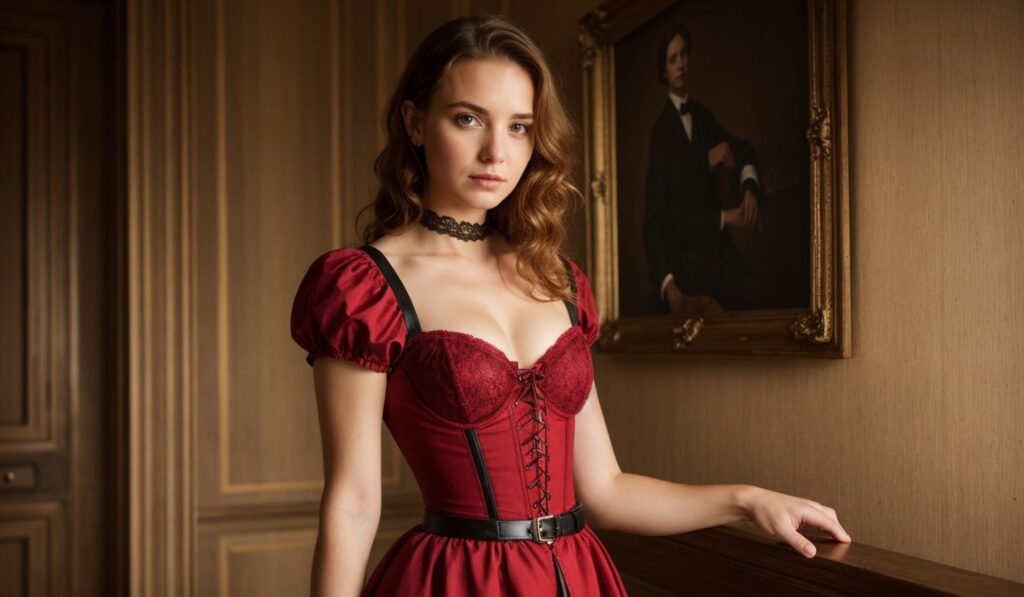
2.8 Puffy Sleeves and Balloon Shapes
Puffy sleeves and balloon shapes are characteristic of the romantic style. These voluminous shapes add a touch of drama and playfulness to the silhouette, creating a sense of whimsy and romantic allure. Puffy sleeves, in particular, have made a resurgence in recent years, with designers incorporating them into modern interpretations of romantic style.
2.9 Empire Waistlines
Empire waistlines are another feature commonly found in romantic clothing. This high-waisted style, popularized in the early 19th century, accentuates the feminine figure and creates a graceful and ethereal look. Empire waistlines often feature flowing skirts that further enhance the romantic aesthetic.
2.10 Layering and Draping Techniques
Layering and draping techniques are key to achieving a romantic look. Layering lightweight fabrics creates dimension and adds visual interest to an outfit. Draping techniques, such as gathering or pleating, create beautiful folds and curves that enhance the overall romantic aesthetic.
3. Romantic Style in Accessories
3.1 Romantic Jewelry
Romantic jewelry adds a finishing touch to any romantic outfit. Delicate and intricate pieces such as pearls, filigree, and florally inspired designs are often favored. Necklaces, bracelets, and earrings with gemstones or pearls enhance the dreamy and whimsical nature of the romantic style.
3.2 Romantic Handbags
To complete a romantic ensemble, a handbag can be the perfect accessory. Soft, feminine shapes and materials like satin or velvet are often chosen for romantic handbags, while delicate embellishments like bows or lace add a touch of elegance. From clutches to crossbody bags, romantic handbags add a charming and whimsical element to the overall look.
3.3 Feminine Headpieces
Feminine headpieces, such as flower crowns, ribbons, and delicate hats, are often worn to further enhance the romantic style. These accessories create a sense of ethereal elegance and can be paired with both formal and casual outfits. Whether adorning a loose updo or flowing locks, feminine headpieces bring a touch of romance to any hairstyle.
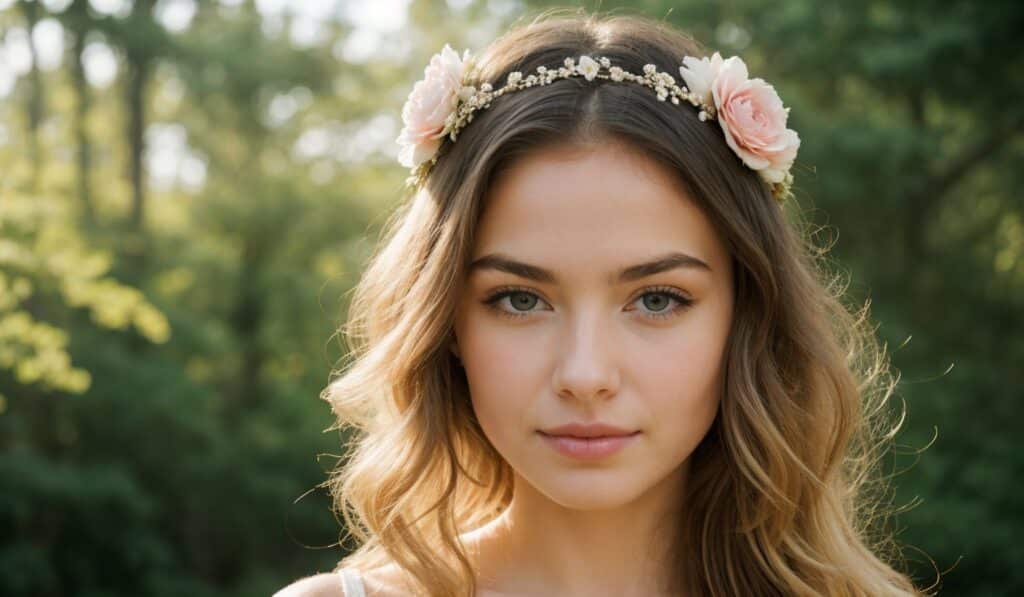
3.4 Vintage-inspired Shoes
Vintage-inspired shoes complement the romantic style and add a retro touch to the overall look. Mary Jane flats, T-strap heels, and delicate lace-up boots are popular choices. Soft colors, intricate detailing, and feminine silhouettes often characterize these vintage-inspired shoe designs, tying in perfectly with the romantic aesthetic.
4. Inspirations from Romantic Art and Literature
4.1 Influence of Romantic Style in Paintings and Portraits
Romantic art and literature have long served as inspirations for women’s fashion. Paintings and portraits from the Romantic era, such as those by artists like John William Waterhouse and Jean-Auguste-Dominique Ingres, depict ethereal and romantic scenes that have influenced the design of romantic clothing. The soft colors, flowing silhouettes, and delicate details found in these artworks can be seen echoed in the romantic style.
4.2 Romantic Novels and Poems
Romantic novels and poems, particularly those written by esteemed authors such as Jane Austen and the Brontë sisters, have had a profound impact on women’s fashion. The themes of love, passion, and individuality portrayed in these literary works resonate with the essence of the romantic style. The iconic imagery and emotions evoked by these writings have inspired designers to create collections that embody the romantic spirit.
4.3 Depictions of Nature and Landscapes
Nature and landscapes have always held a special place in the romantic style. Romantic art often depicted scenes of bucolic beauty, lush gardens, and ethereal landscapes. These depictions of the natural world have influenced the use of floral prints and patterns, soft colors, and organic shapes in romantic fashion. The connection between the romantic style and nature is reflected in the delicate and beautiful garments inspired by these artistic portrayals.
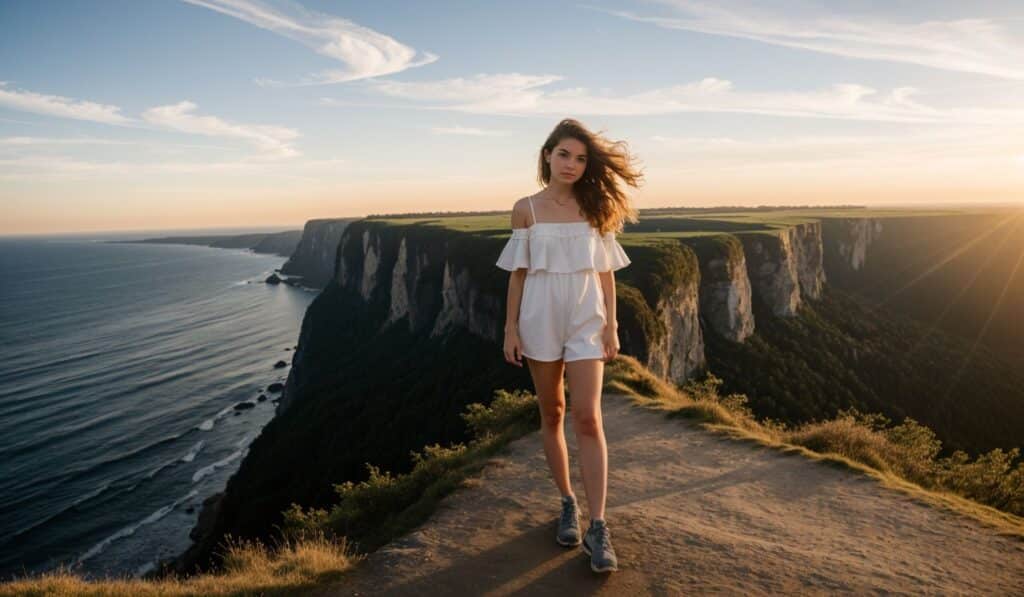
5. Iconic Figures of Romantic Style
5.1 Jane Austen
Jane Austen, the renowned British author of the 19th century, is often associated with the romantic style. Through her novels, such as “Pride and Prejudice” and “Sense and Sensibility,” Austen created memorable female characters whose fashion choices embodied the elegance and femininity of the romantic era. Regency-era gowns, empire waistlines, delicate details, and romantic color palettes are all elements frequently found in Austen’s works and have become synonymous with the romantic style.
5.2 Marie Antoinette
Marie Antoinette, the Queen of France during the late 18th century, was a notable trendsetter in her time. Known for her extravagant tastes and avant-garde fashion choices, Marie Antoinette embraced the romantic style with her love for pastel colors, luxurious fabrics, and ornate details. Her iconic dresses, adorned with lace, ribbons, and bows, set the stage for the romantic style to flourish.
5.3 Queen Victoria
Queen Victoria, reigning during the mid-19th century, also left a significant impact on women’s fashion. Her love for all things romantic, including opulent fabrics, intricate embellishments, and elaborate gowns, influenced the Victorian era and its subsequent revival in fashion. Queen Victoria’s fashion choices helped solidify the prominence of the romantic style during this period.
6. Modern Interpretations of Romantic Style
6.1 Romantic Bohemian
The romantic bohemian style merges the dreamy aesthetic of the romantic era with bohemian influences. Flowing maxi dresses, floral prints, and ethereal fabrics form the foundation of this style. Mixing vintage-inspired elements with a carefree bohemian vibe, the romantic bohemian look is perfect for those seeking a romantic yet eclectic fashion statement.
6.2 Victorian Revival
The Victorian revival trend brings back the opulent and intricate elements of the Victorian era, infusing them with a modern twist. High necklines, lace detailing, corsetry, and dramatic sleeves are characteristic of this style. By incorporating these key elements of the romantic era, the Victorian revival trend pays homage to the timeless elegance and femininity of the romantic style.
6.3 Romantic Goth
Romantic goth combines elements of the romantic style with dark and edgy gothic influences. Black lace, velvet fabrics, and intricate accessories create a romantic aesthetic with a darker undertone. This style allows individuals to express their love for romance while embracing a darker and more mysterious side of their personality.
6.4 Vintage-inspired Romantic
Vintage-inspired romantic fashion draws inspiration from past eras, infusing them with a modern sensibility. Whether it’s the elegance of the 1920s flapper style, the nostalgia of 1950s retro fashion, or the bohemian flair of the 1970s, vintage-inspired romantic looks incorporate elements from various periods to create unique and timeless outfits.
6.5 Contemporary Romantic
Contemporary romantic fashion takes inspiration from the key elements of the romantic style while adapting them to modern trends and aesthetics. Clean lines, minimalist silhouettes, and subtle romantic details create a refined and sophisticated look. This style allows individuals to embrace the romance of the past while keeping their wardrobe fresh and relevant.
7. Romantic Style in Different Fashion Eras
7.1 Romantic Style in the 1800s
The 19th century, often referred to as the romantic era, saw the flourishing of the romantic style in women’s fashion. Flowing silhouettes, soft fabrics, delicate details, and muted colors dominated the fashion landscape during this period. The influence of Romanticism in art and literature translated into the popularity of romantic style garments, reflecting the changing attitudes towards femininity and self-expression.
7.2 Romantic Revival in the 1970s
The 1970s witnessed a revival of romantic style with the bohemian fashion movement. Flowing maxi dresses, floral prints, and natural fabrics were embraced by the counterculture. This revival allowed individuals to express their creativity and reject societal norms, drawing inspiration from the romantic style of the past.
7.3 Influence of Romantic Style in Modern Fashion
The romantic style continues to influence modern fashion trends. Elements such as delicate lace, flowing silhouettes, and soft colors regularly appear in contemporary collections. Designers often reinterpret these romantic elements, combining them with modern cuts and materials to create fresh and captivating looks that resonate with the romantic aesthetic.
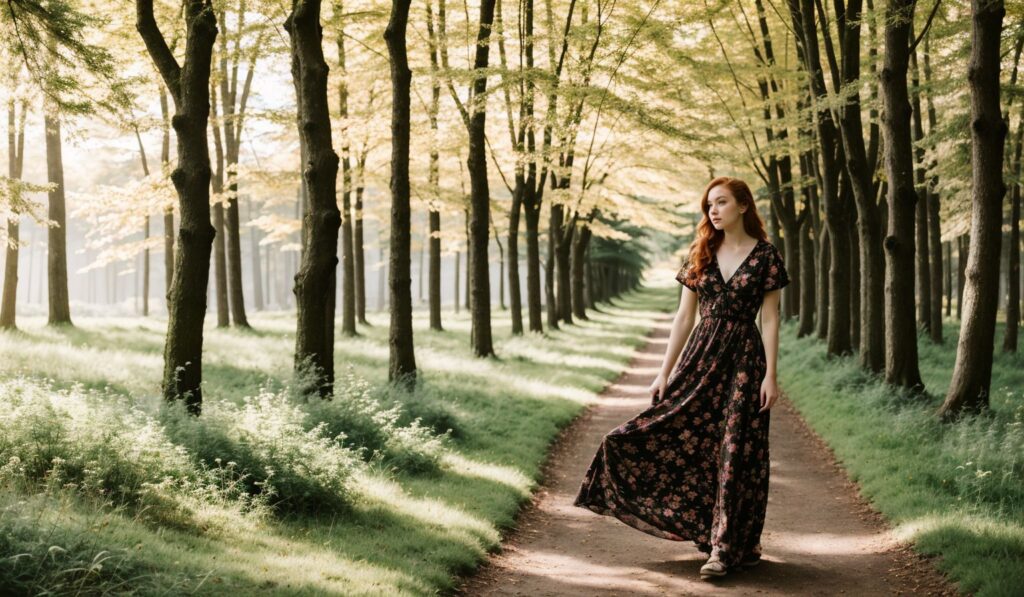
8. Romantic Style in Special Occasions and Weddings
8.1 Romantic Bridal Gowns
Romantic bridal gowns evoke a sense of whimsy and ethereal beauty. Soft and flowing fabrics, intricate lace details, and romantic silhouettes create a dreamy and enchanting look for the bride. From classic white to delicate pastels, romantic bridal gowns offer a variety of options to suit individual tastes while embodying the romance of the occasion.
8.2 Romantic Bridesmaid Dresses
Bridesmaid dresses can also embrace the romantic style, complementing the overall aesthetic of the wedding. Soft colors, flowing silhouettes, and delicate details allow bridesmaids to exude elegance and femininity. Coordinating with the bride’s gown, romantic bridesmaid dresses add to the enchanting atmosphere of the wedding day.
8.3 Romantic Evening Dresses
For special evening events, dresses influence of romantic style offer an elegant and graceful option. Flowing chiffon or silk fabrics, soft pastel tones, and delicate embellishments create a romantic and sophisticated look. These dresses often feature flattering silhouettes that enhance the feminine form, making them perfect for formal occasions.
8.4 Romantic Prom Dresses
Prom is an occasion where young women can embrace the romantic style and explore their personal style. Prom dresses in soft and delicate fabrics, adorned with lace, floral prints, or ruffles, offer a whimsical and romantic option. These dresses allow young girls to feel beautiful and elegant while celebrating the excitement of the prom.
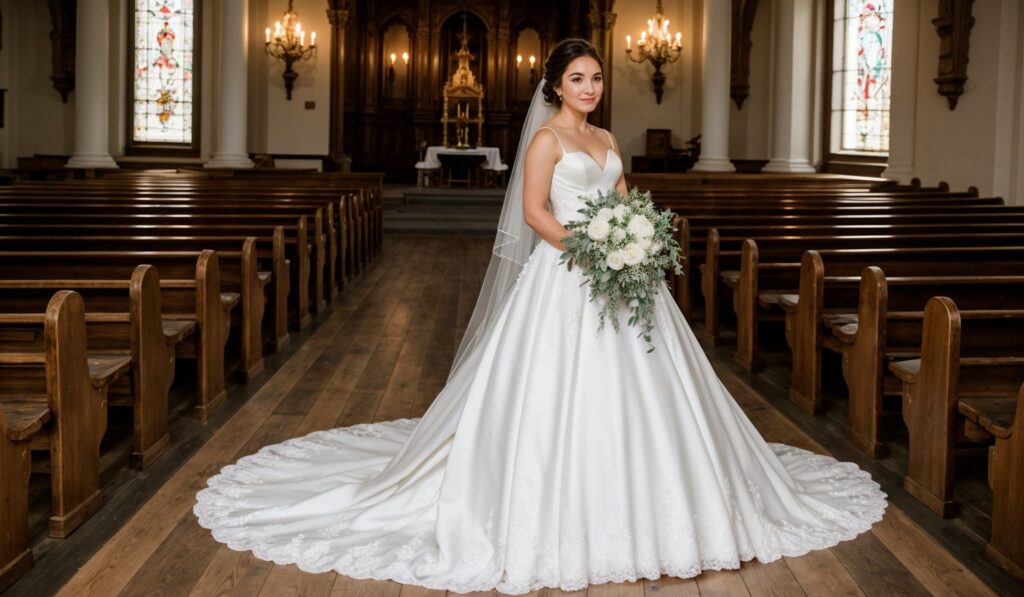
9. The Influence of Romantic Style on High Fashion
9.1 Romantic Style on the Runways
High fashion runways often incorporate elements of the romantic style to create captivating and memorable collections. Designers showcase flowing gowns, delicate lace, intricate embroidery, and soft colors, capturing the essence of romance. These collections serve as an inspiration for both the fashion industry and individuals looking to incorporate the romantic style into their own wardrobes.
9.2 Romantic Designers and Brands
Some designers and brands have become synonymous with the romantic style. Brands such as Valentino, Elie Saab, and Marchesa consistently infuse their collections with elements that epitomize romance, from whimsical dresses to intricate details. These designers have carved a niche within the fashion industry, catering to individuals who appreciate the beauty and elegance of the romantic style.
10. Embracing Romantic Style in Everyday Fashion
10.1 Incorporating Romantic Elements
Incorporating romantic elements into everyday fashion can be done subtly or boldly, depending on personal style preferences. Adding a floral print blouse, opting for a flowy skirt, or accessorizing with delicate jewelry can instantly infuse a touch of romance into an outfit. By selectively incorporating key elements of the romantic style, individuals can create everyday looks that exude femininity and charm.
10.2 Balancing Romantic and Modern
Balancing romantic and modern elements in everyday fashion allows individuals to create unique and personalized looks. By pairing a romantic lace top with tailored pants or adding a structured blazer to a flowing dress, a harmonious blend of romance and modernity can be achieved. This balance allows individuals to express their personal style while retaining the allure of the romantic aesthetic.
10.3 Romantic Hairstyles and Makeup
Completing the romantic look often involves incorporating romantic hairstyles and makeup. Soft curls, braids, or loose updos evoke the dreamy and whimsical nature of the romantic style. Natural and glowing makeup with a focus on luminous skin, flushed cheeks, and soft pink lips adds to the romantic allure. By paying attention to hairstyle and makeup choices, individuals can create a cohesive and captivating romantic look.
In conclusion, the influence of the romantic style on women’s fashion is profound and far-reaching. From the 19th-century Romantic era to modern interpretations, the romantic style has captivated individuals with its flowing silhouettes, soft fabrics, delicate details, and ethereal aesthetics. Whether through clothing, accessories, or hairstyles, embracing the romantic style allows individuals to embody elegance, femininity, and the timeless appeal of romance in their everyday fashion choices.

